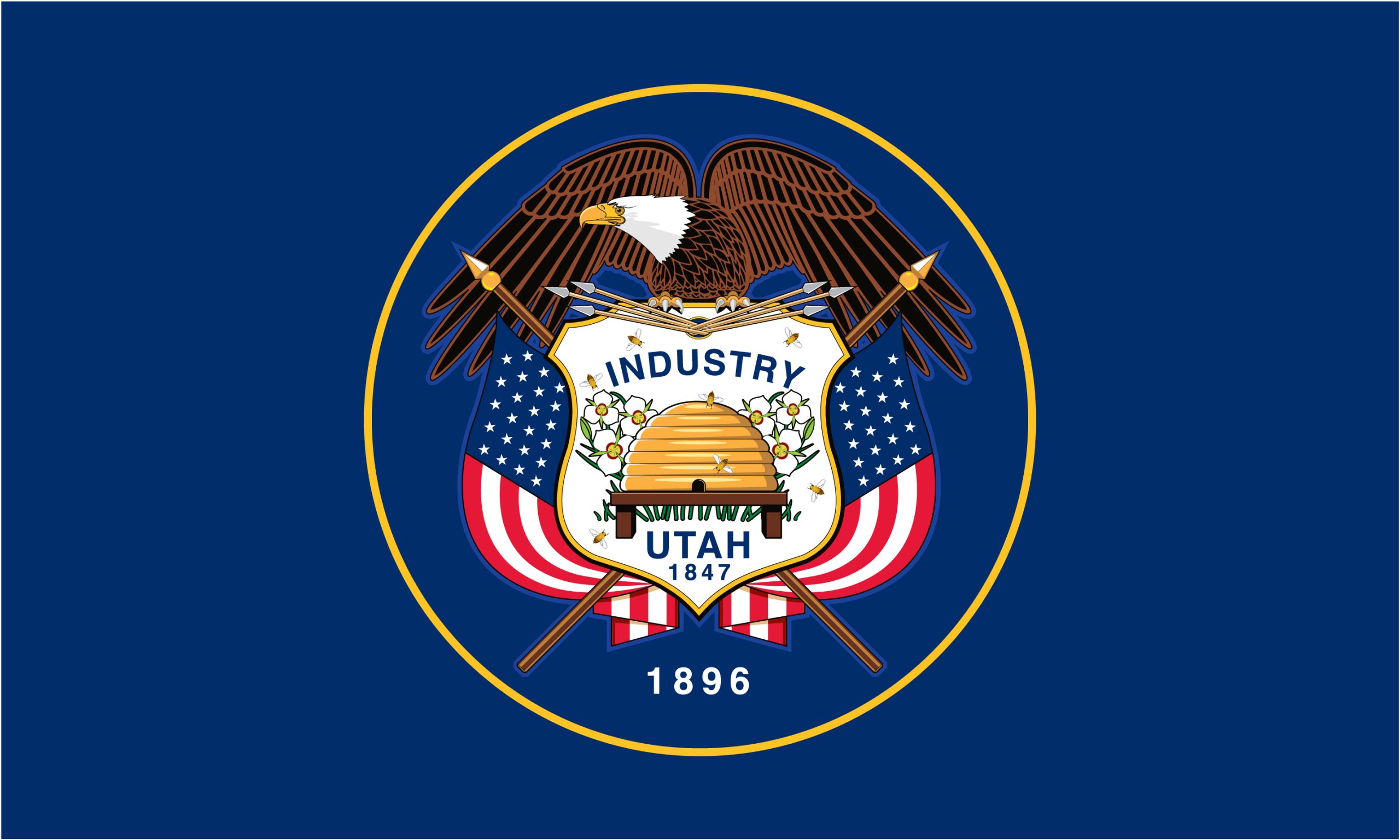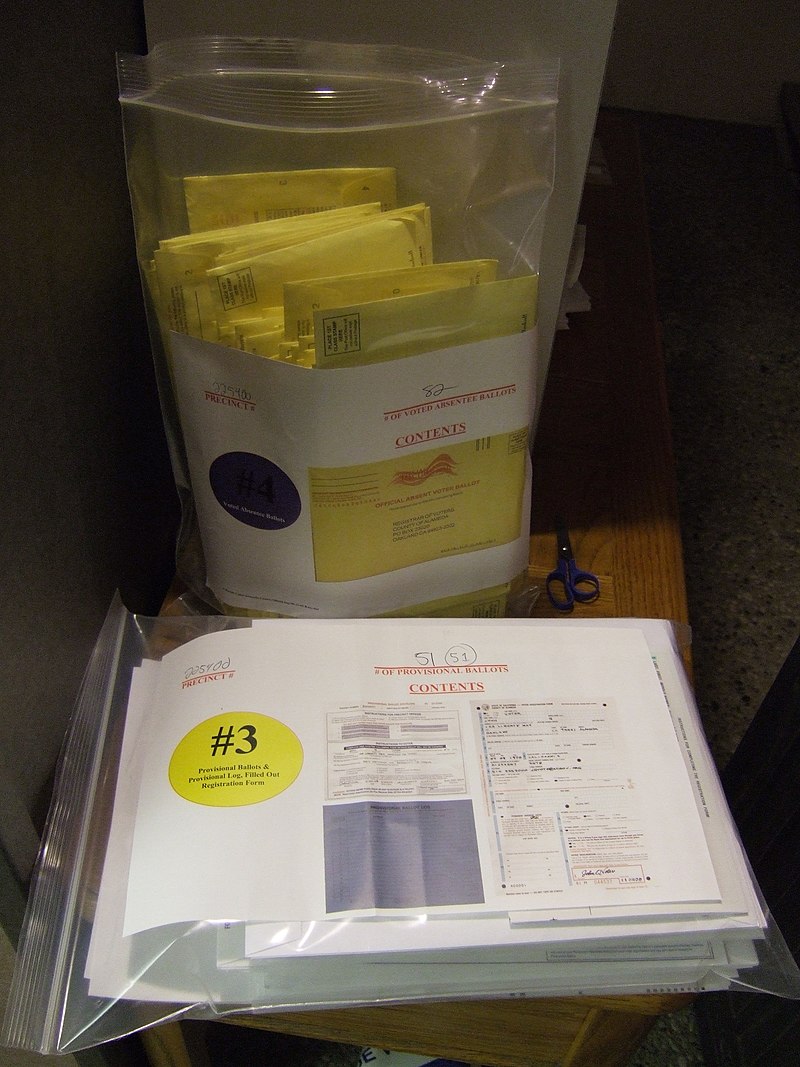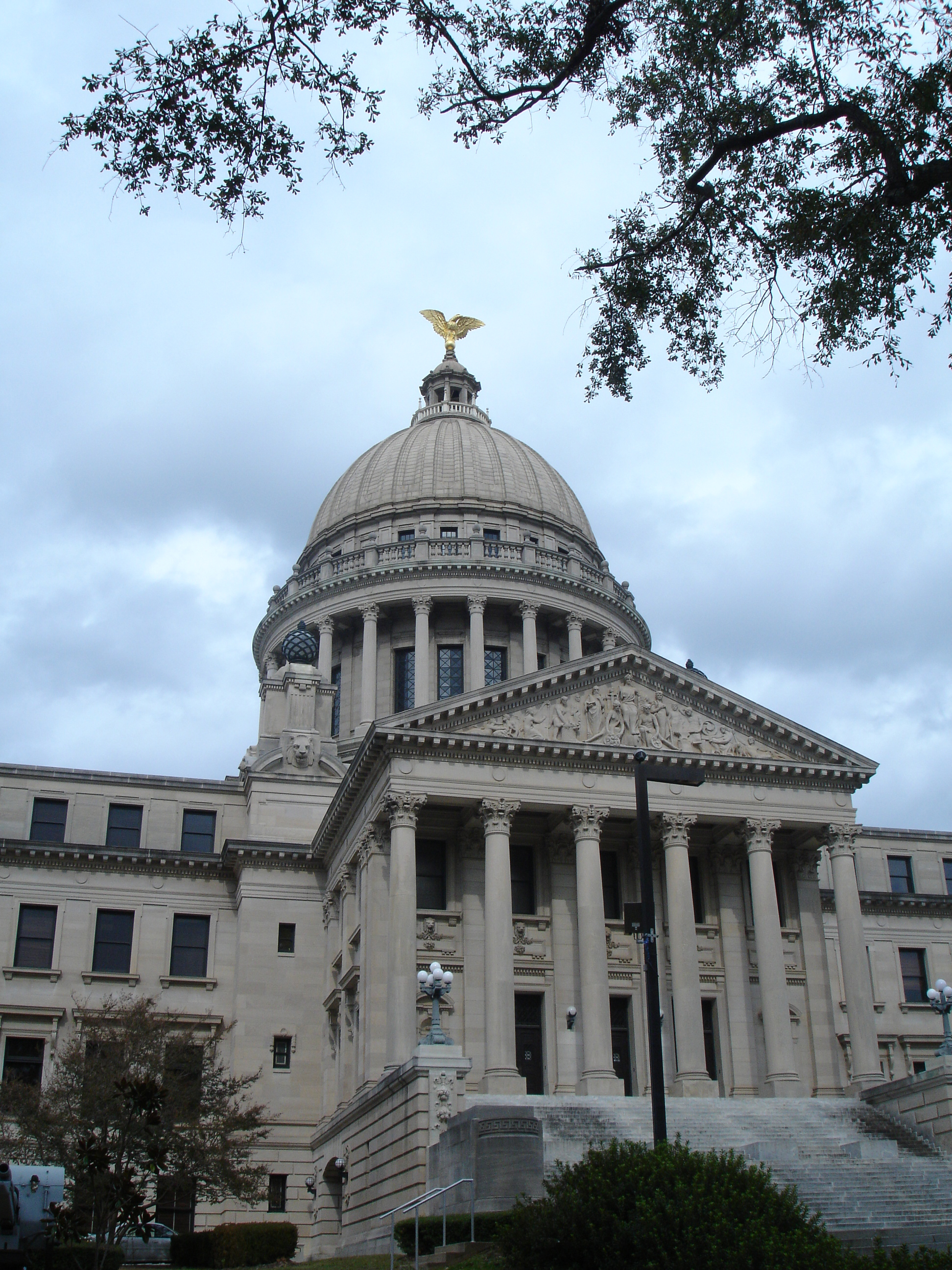Author: Douglas Kronaizl
-
Celeste Maloy wins Republican primary for Utah’s 2nd Congressional District

Celeste Maloy defeated Becky Edwards and Bruce Hough in the Republican primary for Utah’s 2nd Congressional District held on Sept. 5. Maloy received 38.3% of the vote, while Edwards and Hough received 35.1% and 26.6%, respectively. As of Sept. 6, approximately 82% of the votes were counted. Maloy advanced to the general election on Nov.…
-
1.5% of all absentee/mail-in ballots were rejected in 2022

Voters cast 36,683,450 absentee/mail-in ballots in the 2022 general election. Of that total 549,824—or 1.5%—were rejected, roughly equal to the 1.4% rejection rate in 2018, the most recent midterm election, and up from the 1.0% and 0.8% rejection rates in the 2016 and 2020 presidential election cycles, respectively. Between the midterm election cycles in 2018…
-
Results from Mississippi’s battleground House primaries

Mississippi voters decided 44 contested state House primaries on Aug. 8, a decade-low for the chamber, down one from the previous low in 2019. Ballotpedia identified six battleground primaries in the chamber: one between Democrats and five between Republicans. In Mississippi, a candidate wins a primary outright if they receive a majority vote. Otherwise, the…
-
Three candidates running in Republican primary for U.S. House special election in Utah

Becky Edwards, Bruce Hough, and Celeste Maloy are running in the Republican primary for Utah’s 2nd Congressional District on Sept. 5, 2023. The winner will advance to a general election on Nov. 21. The winner of the special election will fill the planned vacancy of incumbent Chris Stewart (R), who was first elected in 2012 and will resign on Sept.…

